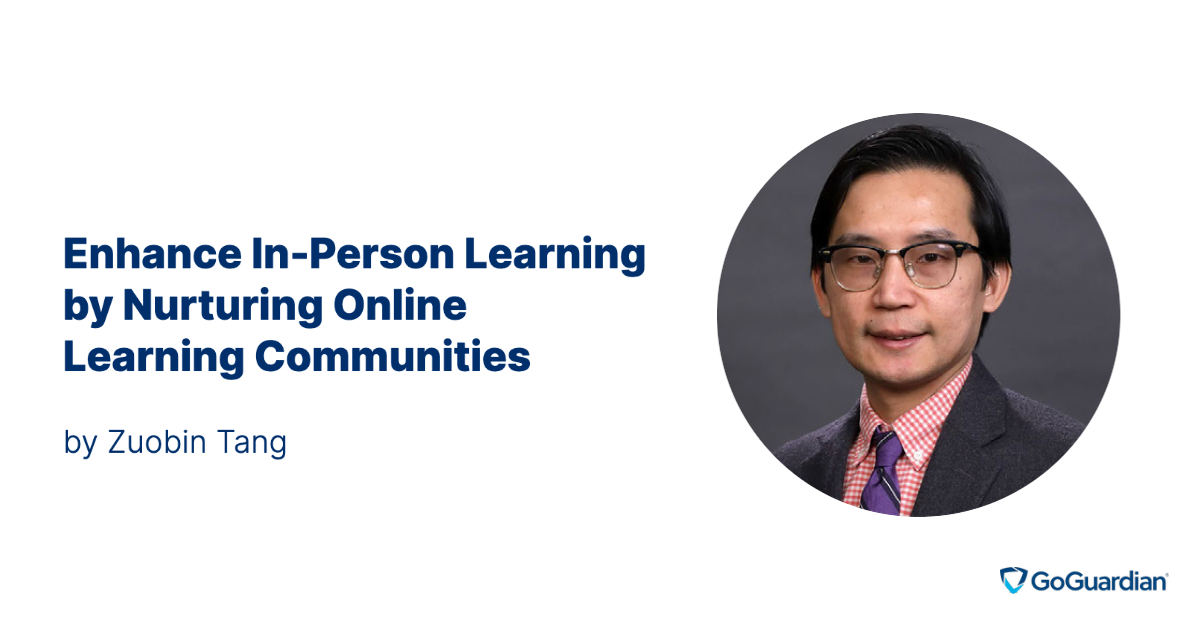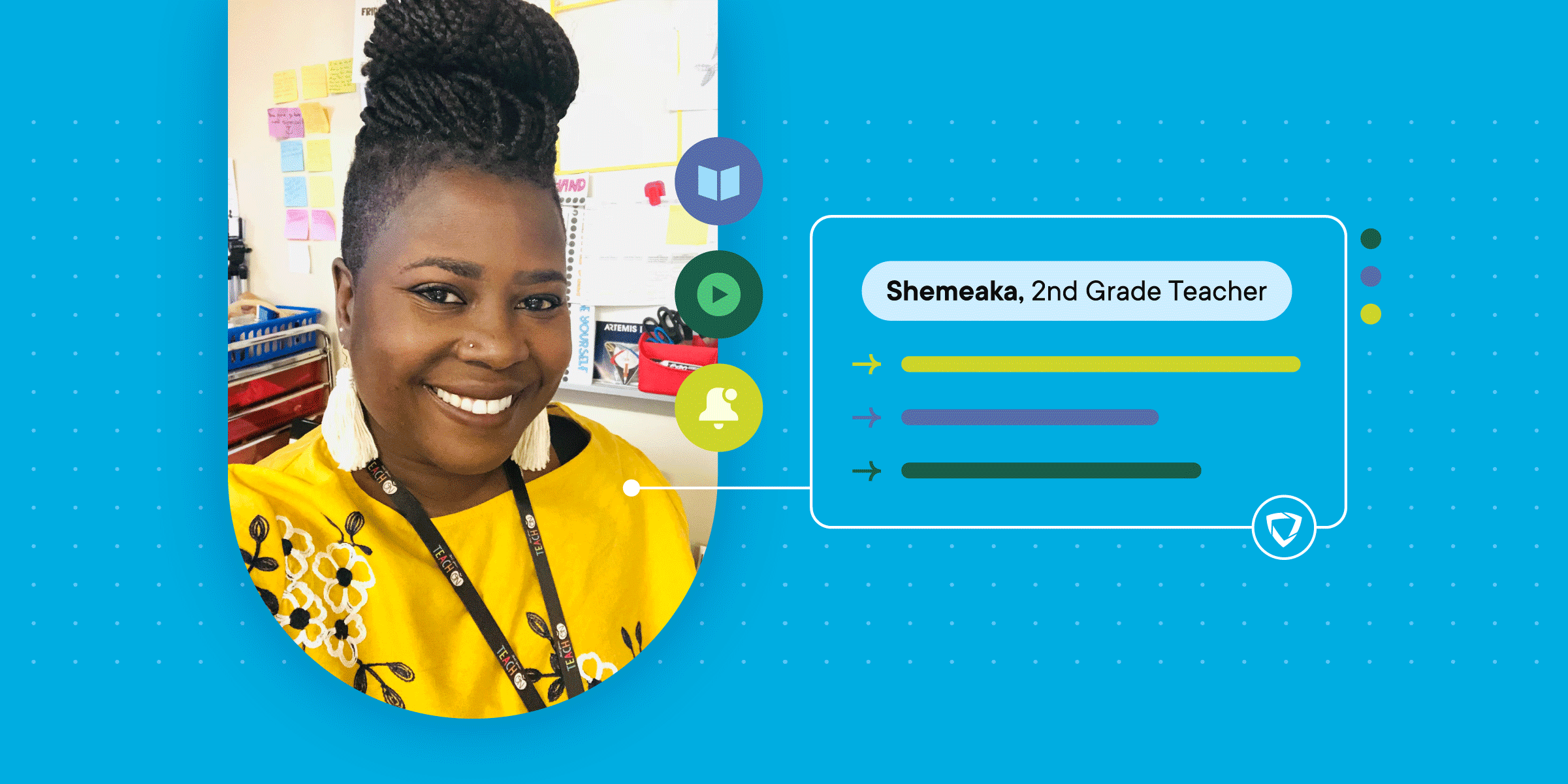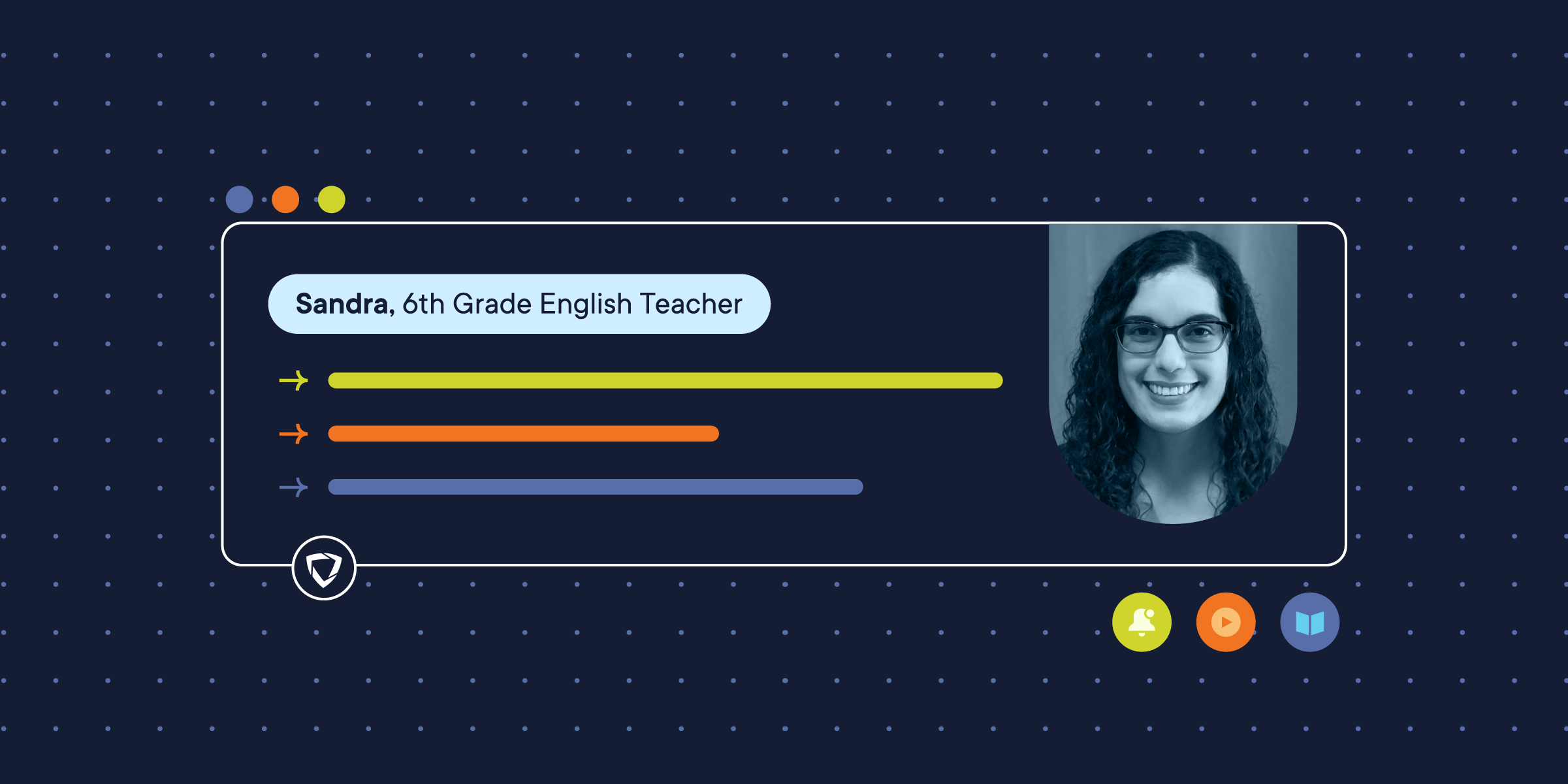
“What is another strategy we can use to solve this problem?” I asked during a synchronous online session. I waited for responses to show up in the chat box.
No one had their camera on. All microphones were on mute. No response yet. When I was teaching in person, I would spend that wait time scanning the room to see students’ facial expressions or reactions as they pondered how to answer the question. When I’m teaching via screen, those few seconds of silence can feel like an eternity.
Although remote instruction has been challenging, it has offered new ways for teachers like me to engage students and build relationships online. The digital skills teachers (and students) have developed over the past year can help us build and sustain communities — both online and offline — to improve K-12 education.
For example, social emotional check-ins with students are much easier to facilitate online than in-person. I often use Pear Deck’s SEL templates, such as “What’s filling your bucket today and what’s draining it?” and “Stress Check,” to assess how my students are doing. Students know their responses are anonymous so they are more comfortable sharing their successes and struggles. To help students recognize that they are not alone, I share the responses and results with the whole class so students can see their classmates share similar experiences. Through these online interactions, students become cognizant of their own feelings as well as those of their classmates. They learn to become more empathetic and supportive.
Through remote instruction, I have also successfully engaged students who normally wouldn’t participate during in-person instruction using Pear Deck. While wait time in a remote learning environment may seem long to me, it enables my students to better focus their thoughts with fewer distractions than when they were in-person. In addition, they can participate anonymously on Pear Deck, without fear of sounding silly in front of their classmates (which explains why the chat feature is not a popular way for my students to participate).
The positive benefits of online learning communities
Student-centered communities and learning experiences are no longer limited by our bell schedules or class programs. By extending our in-person class community into the virtual space, we empower students to authentically engage with classmates and peers beyond the classroom. Students with special needs or those who are multilingual learners can participate and contribute at their own pace, which makes classrooms more equitable and diverse. These online class communities offer students the opportunity for more accountability in their learning.
Here are some additional benefits of establishing and maintaining online learning communities:
Online learning communities can help us better foster relationships with our students and families. These online communities allow students to celebrate one another for their efforts and successes. Students can share experiences and struggles related to their academic journey. Additionally, parents and family members can easily stay connected with what their children are learning and accomplishing.
Online learning communities inspire our students to become lifelong learners as they research, explore, and engage with one another outside of the classroom. Online communities also develop and strengthen students’ 21st-century skills. Students are more cognizant of how they express themselves online because they know their postings will be read. They might proofread and edit their responses before posting. Because these online communities are available during and after school, students have the opportunity to interact and collaborate with classmates asynchronously. Online learning communities are especially helpful for students who are not able to attend classes in person on a consistent basis.
What to consider as you build your online learning community
As you plan your online learning community, consider these questions:
- What types of activities or projects are suitable for building and enhancing your online learning community?
- How would you like the student experience to feel?
- What technological devices would students need to access the online community? Are there apps available for them to stay connected?
- What parental consent is needed?
As school districts continue planning for the upcoming school year, we can anticipate that the need to build relationships and community will be paramount. We have a great opportunity to leverage what we and our students learned remotely and foster sustainable and engaging online learning communities that will lead to stronger connections among students and teachers, promote 21st-century skills, and most importantly, put students in charge of their own learning.
Resources
Not sure how to build a strong community online? Check out these articles: NY Times, Edutopia, and PBS.
Need ideas to figure out what kind of online community you want to start for your grade level? Check out this resource from Common Sense Education. Download a copy of Pear Deck’s Building Community templates or SEL templates for free!









